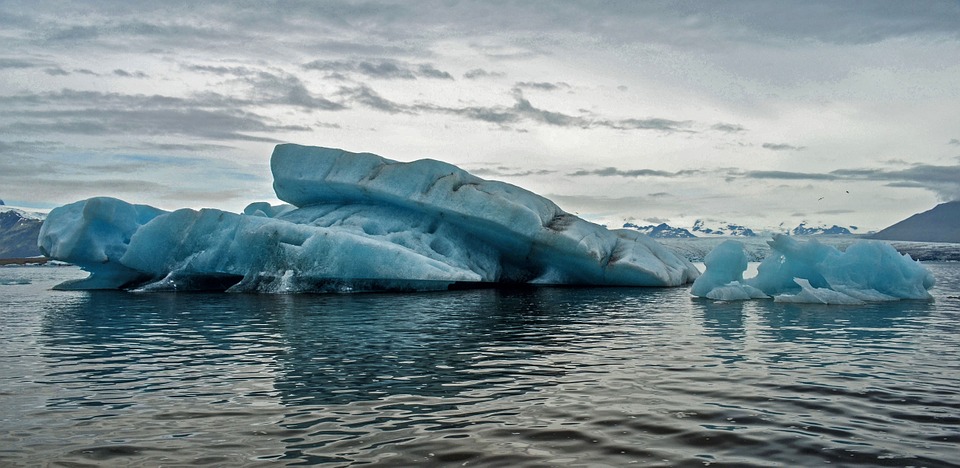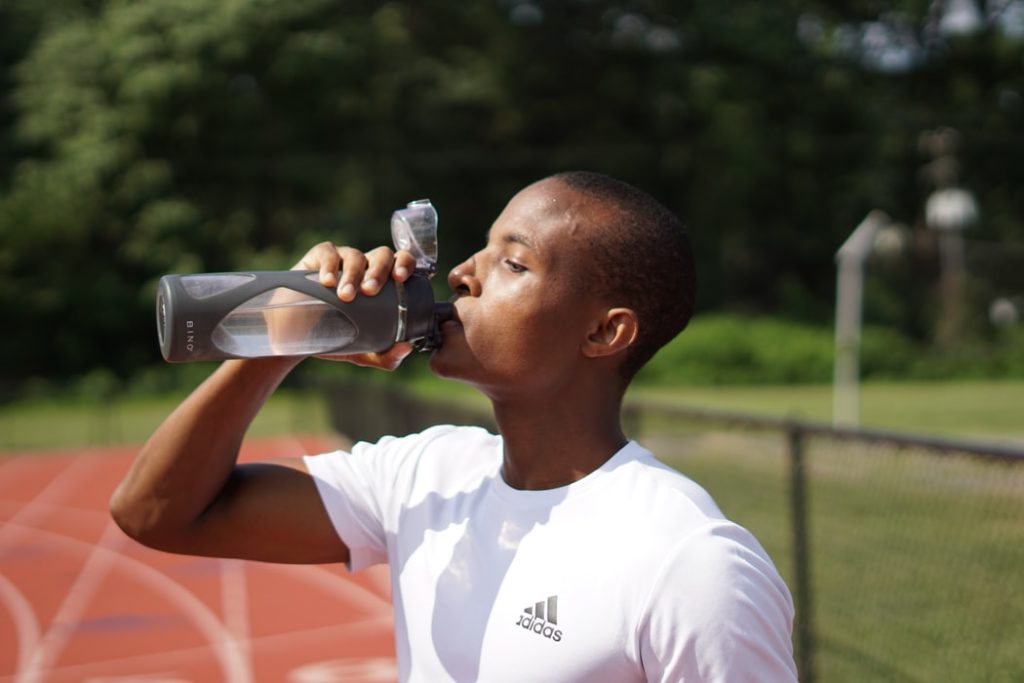
Water is a fundamental resource for all life on Earth. What would humans do without fresh water? Well, we may well find out in 2050. The UN has projected that the demand for water in 2050 will have increased by 40%, and 25% of the world’s people will live in countries that do not have access to clean water. There is enough water on Earth, but the global water cycle is closed which means water is neither lost nor gained. In other words, we can not acquire more water from beyond our planet and we do not lose water at the top of the atmosphere to outer space. The issue is that humans are inadequately managing their freshwater resources.
Unlike on the global scale, locally or regionally water can be out of balance. The conversion equation measures the change in storage from the changing inflow and outflow in a water basin. This equation helps determine the upper limit of the amount of available renewable freshwater to human society. 2.5% of water on Earth is freshwater, but only a fraction of the 2.5% is accessible to humans. This is because most freshwater is stored in Earth’s glaciers and deep aquifers. In fact, ~69% of freshwater comes from glaciers and icecaps and ~30% comes from underground. The remaining ~1% comes from surface water, which serves most of life’s needs. It is essential to note, humans are disrupting the change of water storage and thus influencing the amount of freshwater availability in reservoirs. Humans are interacting with water reservoirs ‘residence times,’ that is, how long a water molecule resides within a hydrological storage unit, so reservoirs are not able to naturally return to their original volume of water stored.

Water is not homogeneously spread throughout the world. Since water is unevenly distributed, some regions have a lot of water and others are left with not enough. More than two billion people live in highly water stressed areas because of the uneven distribution of freshwater resources. Additionally, climate change is having severe effects on freshwater water resources. Climate change accelerates the water cycle which increases the available freshwater. But changes in seasonal patterns and increasing probability of extreme events from climate change will offset this seemingly positive effect. A warming climate will cause more water to evaporate on land and the oceans while simultaneously, a warmer atmosphere can hold more water. The Clausius-Clapeyron equation describes the water holding capacity of the atmosphere as a function of temperature. The typical values are about 7% changes for 1° C change in temperature. It is natural, therefore, to expect increases in water vapor amounts since relative humidity is more likely to remain the same. Higher temperatures will turn part of snowfall into rainfall. The snowmelt season will be earlier and thus the timing and volume of spring flood will change substantially. Precipitation will be more intense and intermittent, and the risk of floods and droughts will increase. Higher sea levels will cause saline water intrusion into groundwater aquifers near the coast and will decrease the available groundwater resources. The quality of drinking water will also be degraded.

Tallin University of Technology environmental scientists have already found pharmaceutical concentrations in drinking water. These antibiotic residues in water are concerning because bacteria develops resistance to these antibiotics in the water, so it is extremely difficult to treat people who are exposed to these bacteria. Since hazardous micropollutants in water currently exist, new efficient water treatment methods are needed. Taltech found a way to eliminate sulfamethoxazole and trimethoprim with advanced oxidation processes but antibiotic residues in water are not being treated by current wastewater plants. Water management of these micropollutants needs to exist, so our drinking water is safe. Additionally, water management of freshwater needs to better exist so humans in 2050 have fresh drinking water. Governments need to invest now before it is too late to implement efficiency in water management. Let’s act now.



